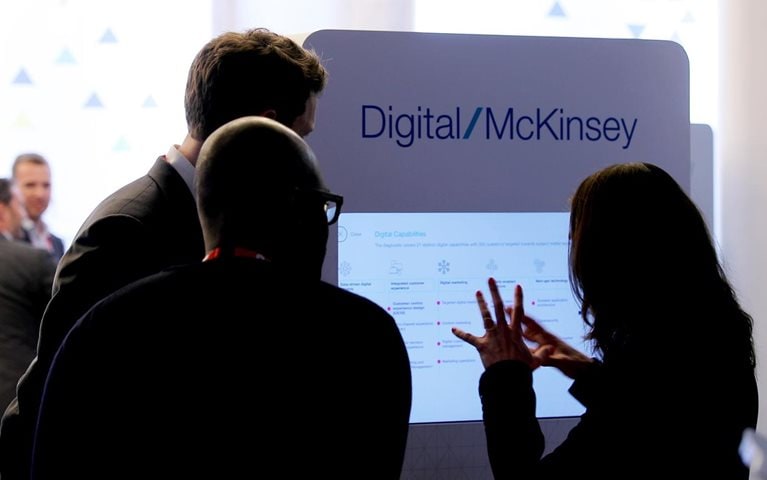Robots as coworkers. Autonomous taxis. Hyperreal sports experiences. These were some of the topics at Mobile World Congress in Barcelona last week, as some 100,000-plus executives from across the high-tech, telecom, and Internet sectors caught up on some of the themes they heard on the ground this year. During the 4 days, McKinsey hosted a stand, ran workshops, held private meetings with existing and potential clients, and moderated and led panel discussions. We caught up with four of our experts right after their sessions to hear the latest.
Artificial intelligence (AI)
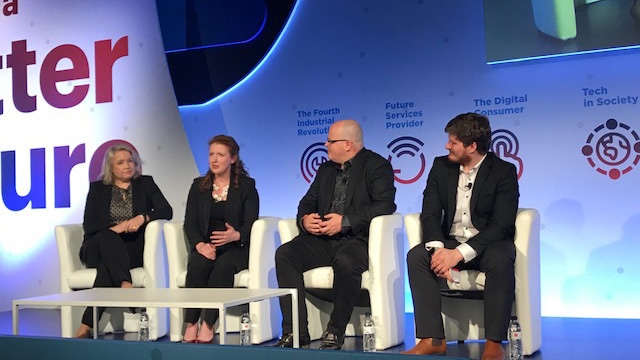
“We like to call what we're seeing in a lot of companies ‘augmented intelligence’ instead of ‘artificial intelligence,’” smiles Clare. That’s because “it’s not robots replacing humans but rather humans working with machine learning and new processes to make their performance better,” she explains. We see this already happening in a lot of companies—Nokia, one of the session panelists, is a great example. For the past 5 years, much of its factory work has been largely automated. The result—big improvements in quality and throughput with little-to-no layoffs because, while machines are helping with more repetitive tasks, humans still have an important role focusing on more technician-like areas—such as, figuring out what’s gone wrong and fixing it.
While much headway has been made in AI, a lot of people still struggle to understand how to make the best use of it in the workforce. “It’s hard to predict where the new jobs will be created, and what they will be, since a lot of change is bound to happen,” says Clare. And while the impact and benefits of AI’s application certainly varies by industry—for example, manufacturing can be a huge benefactor because it relies on predictable physical work well-suited to automation—“early evidence shows it can deliver real value to companies that use it across operations and within their core functions.”
Autonomous driving
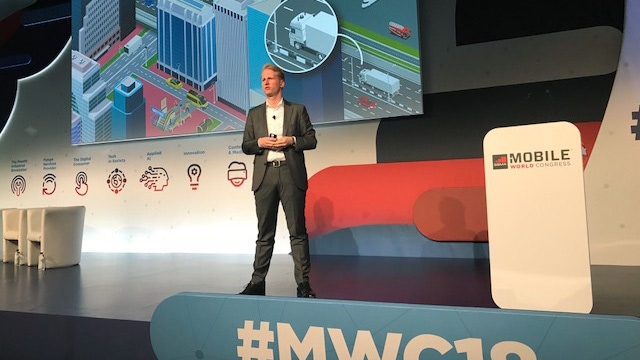
“When it comes to autonomous driving, it’s all about ecosystems of companies and partnerships,” says Kersten. No one has all the capabilities on their own, so collaboration—across tech companies, OEMs, start-ups, mobility players, telcos, suppliers, cities, and others—is key. “In the same vein, the panelists shared that no one player is really going to set the safety standards within the space, so flexible cooperation will be needed,” he adds.
As for upcoming trends, OEMs, tech players, and suppliers are developing their own concepts in shared autonomous vehicles—the robotaxis and roboshuttles for both passengers and goods. “They’re heavily investing in both tech and in building up their user base,” says Kersten. Additionally, these players are feeling confident about their likelihood of being successful in the electric-car space. “Everyone stands a chance to win here.”
Globalization of sports
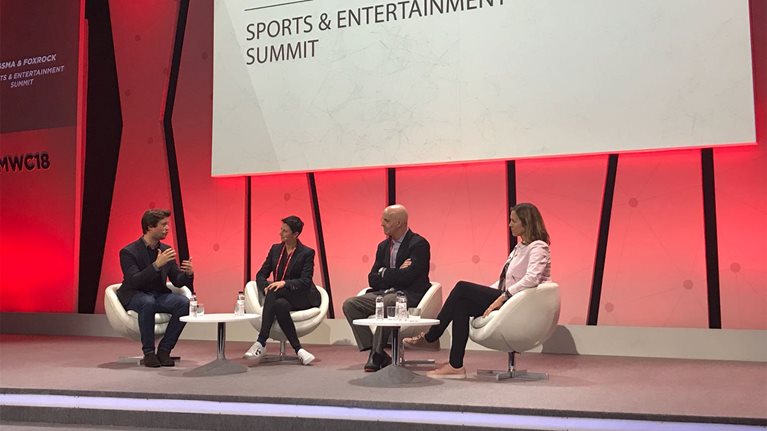
As more consumers sever ties with traditional cable companies, sports brands are looking for new ways to reach and engage fans. Like Amazon and Netflix, they’re going direct-to-consumer by launching their own video subscription services that bypass TV players. “Up until just a few years ago, these video-streaming apps were seen as digital add-ons to their main business,” says Tom. “It’s inspiring to hear from such big brands at Mobile World Congress today how transformative the shift really is.”
“Successful sports brands are realizing they need to bring the entire sports-viewing experience to life,” says Tom. This goes beyond just watching the game—with innovations like sensors on car engines to enhance the audio or cameras on referees to give fans a player’s-eye-view. In response to this, companies are bringing in new kinds of talent and backgrounds—like advanced analytics and digitization—into their organizations along with agile ways of working.
“Gone are the days of measuring change in weeks or months,” says Tom. “Today, it’s about reacting in days, if not hours, to keep pace with consumers’ changing demands.”
Network functions virtualization (NFV)
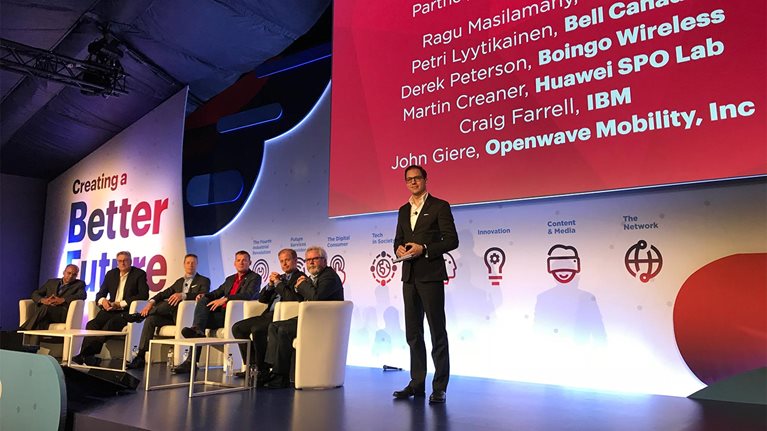
For the non-tech reader, Network Functions Virtualization is a new virtual way to design, deploy and manage networking services instead of using physical hardware.
“This session reinforced that momentum is picking up for this type of technology,” says Martin. “We’re seeing more readily available and pressure-tested vendor solutions in this space, giving operators the confidence to try it.” While a few years ago operators were focused on capital-expenditure savings, now they are realizing that virtualization is a way to transform the processes that run within a network—such as the automation of engineering and operations tasks, setting up agile ways of working, and having software engineering and development work closely together.
“Aside from the big telecom players, newer and smaller ones are starting to push the pace,” says Martin. During the session, the CTO of Boingo shared that more than 80 percent of its core network is already virtualized, allowing for greater flexibility to accommodate the volatility in service usage. “Those that view this technology as an enabler to driving their transformations will be the winners in the end,” says Martin.

